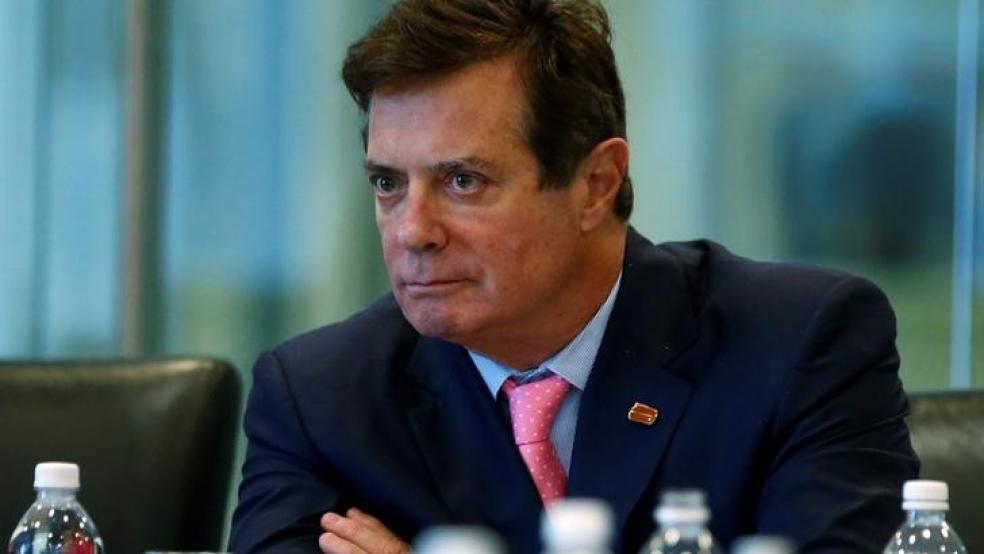Republicans are starting to fret that real estate magnate Donald Trump could win the nomination and then lose the election in a landslide. A new poll by YouGov for CapX.co found that 49 percent of Americans are terrified by the prospect of a President Trump. Will Trump come under greater attack in Thursday’s debate?
The RealClearPolitics average of polls, a crude but closely watched measure, reports that former Secretary of State Hillary Clinton would beat Trump by almost 3 percentage points if they become their parties’ nominees. She is forecast to lose to Sen. Ted Cruz by under a percentage point and to Sen. Marco Rubio by almost 5 percentage points.
[A Fired-Up Rubio Pummels Trump, But Is It Too Late?]
Trump has not consistently shared the traditional Republican values of lower taxes and a smaller government. Although the media have attacked other Republican candidates on flip-flops and deviations from the party line, they have by and large left Trump alone. This would change if he were the nominee. Here are four potential areas for attack.
Party affiliation. Unlike other candidates vying for the nomination, Trump has not shown a consistent attachment to the Republican party. In a 1990 Playboy interview, he said that if he ever ran for office, he would do better as a Democrat than as a Republican, because working people would elect him. He quit the Republican Party in 1999.
Trump joined the Reform Party and considered a possible presidential run in 2000. In 2001, he quit the Reform Party to register as a Democrat. Then, in 2009, he registered again as a Republican. Two years later, he registered as an independent while contemplating a third-party bid. He registered again as a Republican in 2012.
Taxes. Although Trump now says he favors lower taxes, in 1999 he proposed a wealth tax in the form of a one-time 14.25 percent tax on assets of more than $10 million. This type of tax has been advocated by French economist Thomas Piketty. “The concept of a one-time tax on the super-wealthy is something he feels strongly about,” his adviser Roger Stone told the Los Angeles Times.
{As Roads Crumble, Infrastructure Spending Hits a 30-Year Low}
The object of the wealth tax was to retire the federal debt, which at that time totaled $5.7 trillion. (Now it is $19 trillion.) However, taxing those with assets over $10 million would not have been sufficient to retire the debt. The net worth of all households and nonprofit organizations at the end of 1998 was$37.4 trillion, so to pay off the debt everyone would have had to be taxed — and at a higher rate than 14.25 percent.
Now Trump has not only abandoned his wealth-tax proposal, but he wants to eliminate the estate tax. In addition, he proposed lowering the top individual tax rate to 25 percent and the top corporate tax to 15 percent. According to the Tax Foundation, his plan would cut tax revenue by $12 trillion over the next decade on a static basis, and by $10 trillion when accounting for economic growth effects.
Free trade. Trump repeatedly attacks China for so-called unfair trade practices and for devaluing its currency. In his announcement speech, Trump proposed a 35 percent tax on “every car and every truck and every part” manufactured by American automakers in Mexico that crosses into the U.S. Even though he considers himself “a free trader,” Trump also favors a 45 percent tariff on all imported goods from China.
No matter that the European Central Bank is driving down the euro through negative interest rates, so that its value is 20 percent lower than it would be otherwise. Placing tariffs on Chinese (or European and Mexican) goods would raise their prices in the United States, cutting Americans’ spending power. Paychecks would not go as far.
{Welcome to Your Nightmare, GOP: An Unstoppable Donald Trump}
Furthermore, Trump is taking advantage of opportunities abroad by building international hotels. American Enterprise Institute scholar Mark Perry wrote: “At the same time that the billionaire businessman criticizes Ford for producing some of its cars in Mexico, and threatens to stop any expansion there and impose a 35 percent tax on Ford imports from Mexico, he certainly has no trouble taking advantage of the global marketplace when it comes to his own businesses.”
Health care. In an interview with Larry King in 1999, Trump said he was “very liberal when it comes to health care” and that he believes in “universal health care.”
Similarly in “The America We Deserve,” published in 2000, Trump said he was “a liberal” when it comes to health care because it is “unacceptable … that the number of uninsured Americans has risen to 42 million.” The solution? A single-payer health plan.
His record is clear. Yet in his 2011 book, “Time to Get Tough,” Trump complained that Obamacare was a scheme by liberals “to drag America closer to a so-called ‘single-payer system,’ otherwise known as total government-run health care.”
Trump expressed doubt that the number of uninsured was accurate, and questioned whether any effort should be made to cover them. He wrote that 20 percent of the uninsured were not U.S. citizens; 30 percent can afford health care because they earn more than $75,000; and 28 percent are young people who need insurance but are in transition so they do not justify altering “the world’s greatest health-care system.”
Last year, when announcing his campaign, Trump called Obamacare “a disaster called the big lie” and said that the size of deductibles made health insurance “virtually useless.”
If Trump is selected as the nominee, the media will have a lot of fodder. Journalists, who tend to be registered Democrats, have not yet gone after Trump, because they want him to be the nominee. Many believe that a Trump candidacy has the best chance of putting Clinton in the White House. No wonder some Republicans are concerned.
This article, which was originally appeared on MarketWatch, appears on Economics21.






